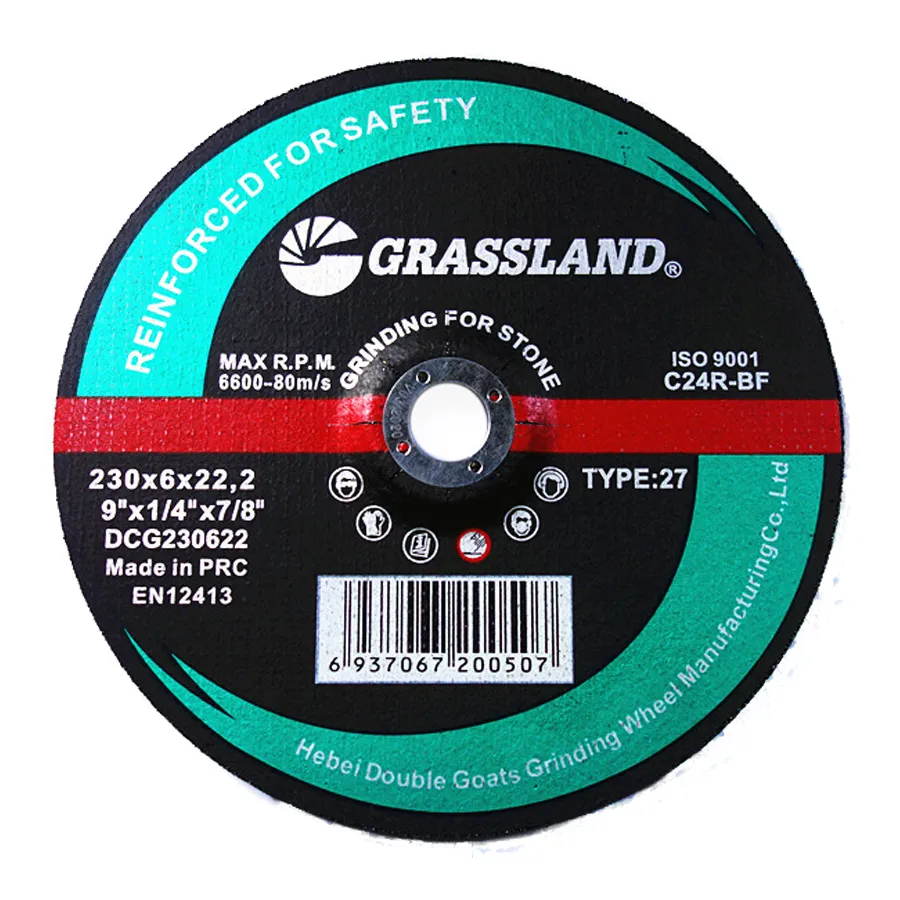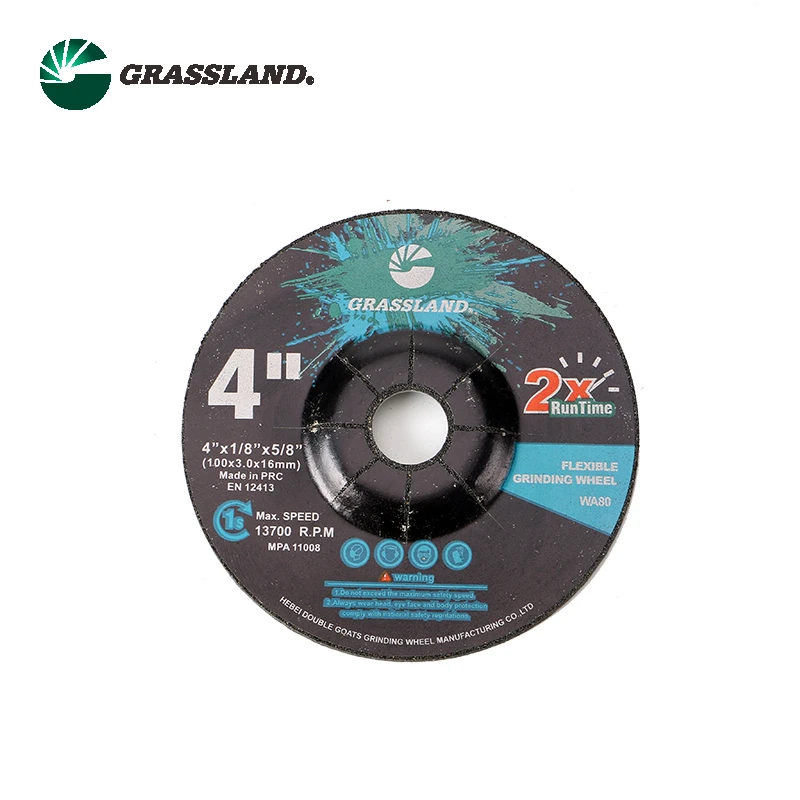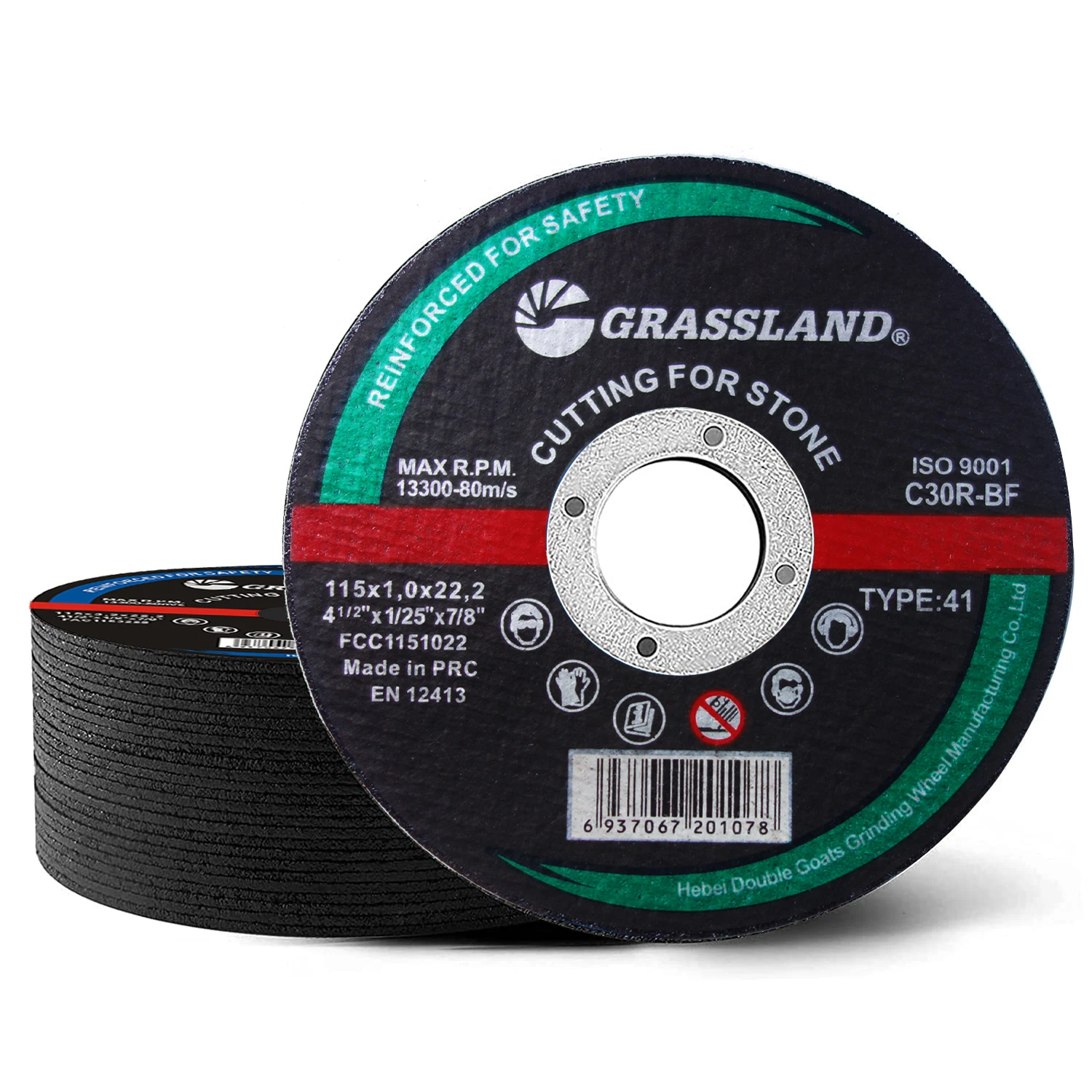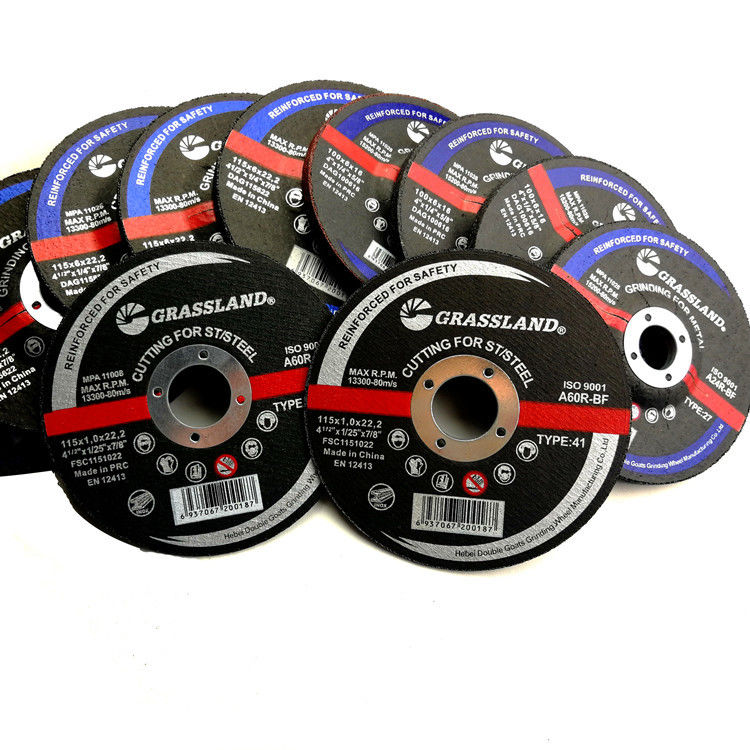Understanding Cutting Discs for Metal A Comprehensive Guide
When it comes to metalworking, having the right tools is crucial for efficiency and quality. Among these tools, cutting discs, also known as abrasive discs, play a pivotal role in the process of shaping and finishing metal. In this article, we will explore the various aspects of cutting discs for metal, including their composition, types, applications, and best practices for use.
What are Cutting Discs?
Cutting discs are circular blades used in conjunction with angle grinders and other types of cutting machines to slice through metal materials. Typically made from abrasive materials, these discs can efficiently remove metal in a variety of settings, from industrial applications to DIY projects. The performance of a cutting disc largely depends on its material, thickness, and design.
Composition of Cutting Discs
The primary components of cutting discs include abrasive grains, bonding agents, and reinforcement materials.
1. Abrasive Grains These are the most critical part of a cutting disc and can be made from several materials. Common abrasives include aluminum oxide, zirconia, and diamond. Aluminum oxide is often used for mild steel, while zirconia is more appropriate for stainless steel due to its durability. Diamond blades, on the other hand, are often employed for cutting hard materials.
2. Bonding Agents These materials are used to hold the abrasive grains together. The most common bonding agents are resin and metal. Resin-bonded discs offer flexibility and are suitable for various applications, while metal-bonded discs are more robust and are typically used in heavy-duty operations.
3. Reinforcement Materials Many cutting discs have fiberglass or other materials integrated into their structure to enhance strength and safety. This reinforcement helps prevent the disc from shattering during use, which can pose significant risks to the operator.
Types of Cutting Discs
Cutting discs come in several varieties, each designed for specific applications
1. Thin Cutting Discs These discs are typically 1-3 mm thick and are ideal for precise cutting. They generate less heat and are suitable for alloys, tubes, and sheets.
discos de corte para metal

2. Thick Cutting Discs Often between 4-6 mm in thickness, these discs are designed for heavy-duty cutting tasks. They are more durable and can handle larger metal sections effectively.
3. Specialty Discs Some discs are engineered for specific materials, such as stainless steel, tile, or plastic. These specialty discs often include unique bonding agents and abrasive combinations tailored for optimal performance on the designated material.
Key Applications
Cutting discs for metal are used in various applications, including metal fabrication, automotive repair, construction, and maintenance. Professionals rely on these tools for tasks like cutting pipes, sheets, rebar, and other metal forms. Additionally, hobbyists and DIY enthusiasts use them for crafting projects, renovations, and repairs.
Best Practices for Use
To ensure safety and efficiency while using cutting discs, consider the following best practices
1. Select the Right Disc Always choose a disc that matches the material and thickness of the metal you are cutting. Using the wrong type can lead to poor performance and increased wear on both the disc and the tool.
2. Wear Protective Gear Always wear appropriate safety gear, including goggles, gloves, and a face shield, to protect yourself from sparks and debris.
3. Maintain a Steady Hand When cutting, maintain a steady hand and use consistent pressure to allow the disc to do its job effectively. Avoid forcing the tool, as it can lead to premature wear or breakage.
4. Follow Manufacturer Guidelines Always adhere to the manufacturer's instructions regarding the maximum rotation speed and recommended applications for each disc.
Conclusion
Cutting discs are an essential part of the metalworking toolkit. Understanding their composition, types, applications, and proper usage can greatly enhance your metal cutting capabilities. By choosing the right disc and following safety protocols, you can ensure a high-quality finish in your metalworking projects. Whether you are a seasoned professional or a DIY enthusiast, cutting discs will undoubtedly play a key role in achieving your metalworking goals.
Post time:Dec - 04 - 2024

















